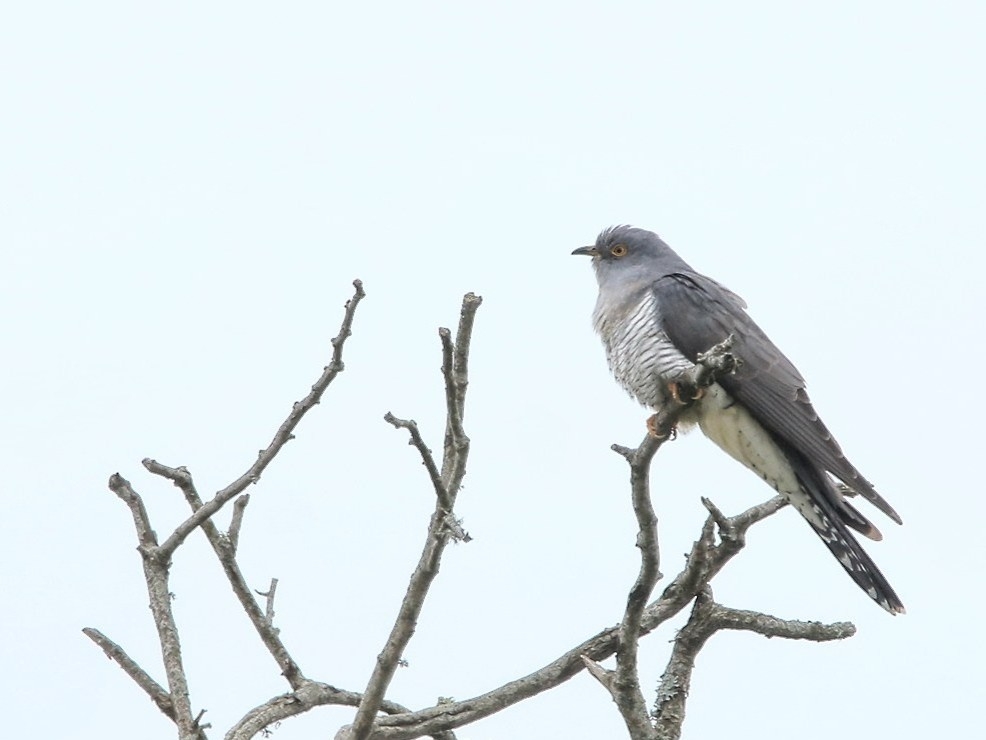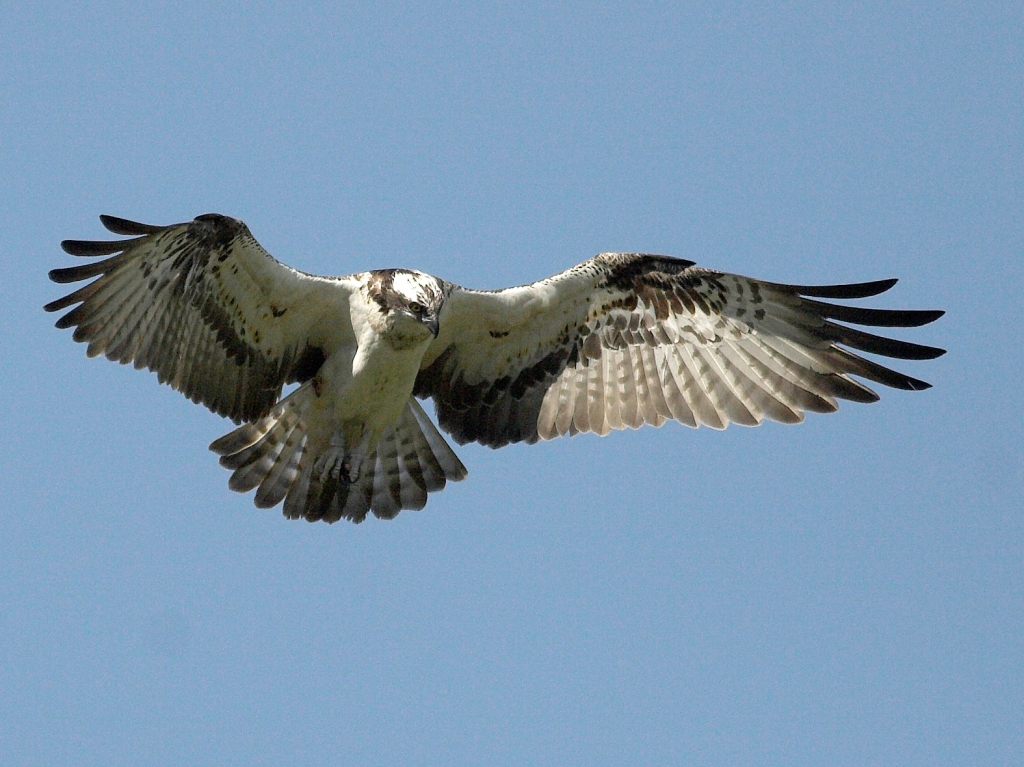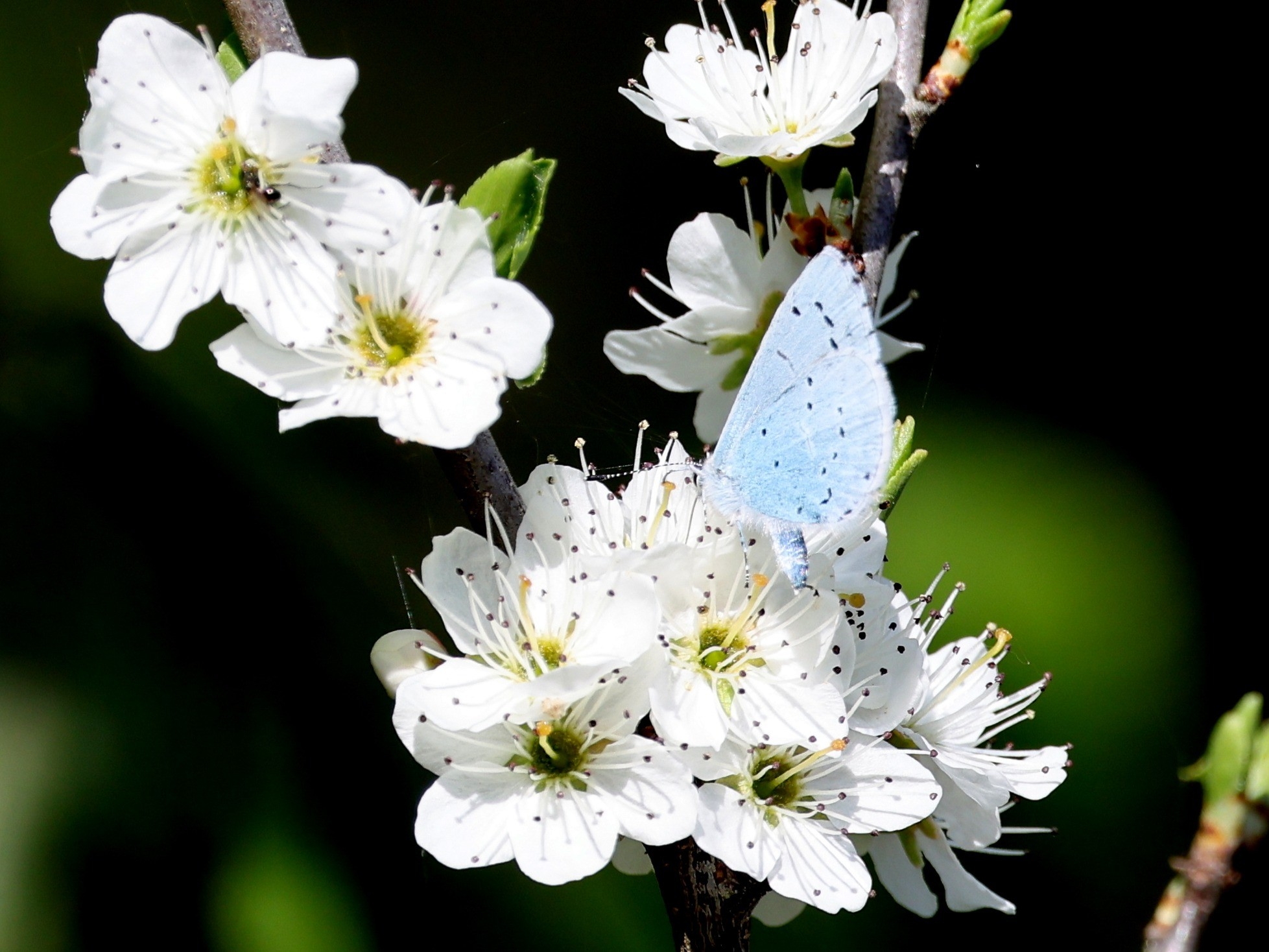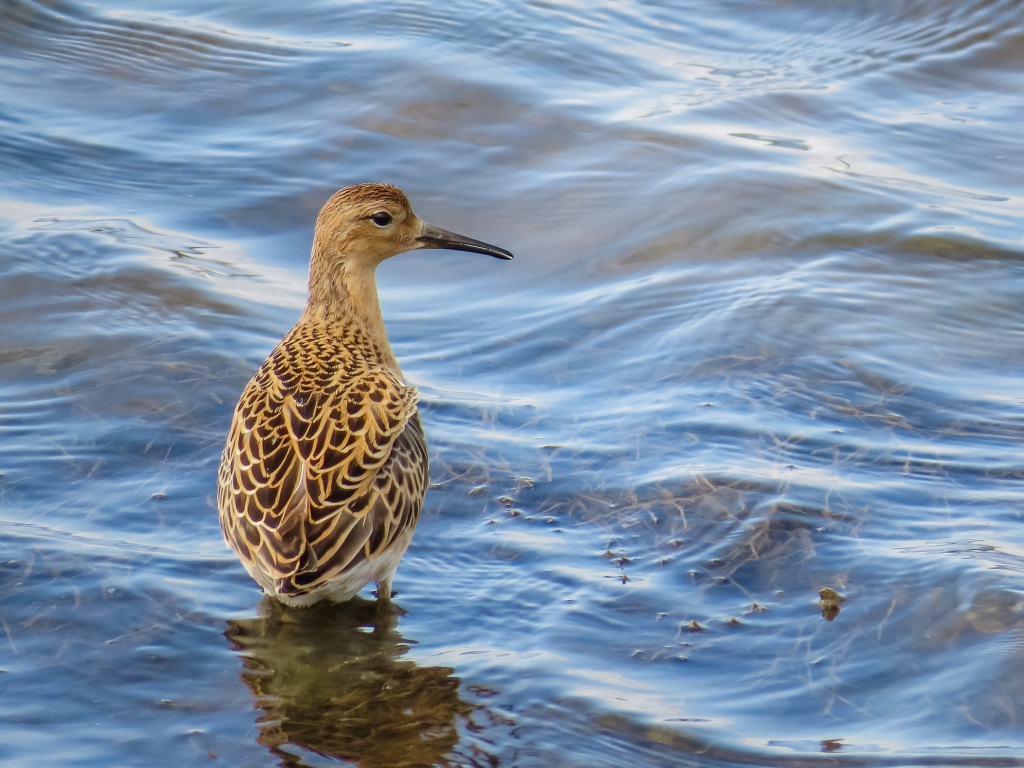Cattle Egret, Firecrest, Marsh Harrier - and a Pheasant!
Autumnal arrivals and stopovers - our wetlands are on a wonderful ancient flightpath
The crisp mornings and falling leaves, signs of the changing seasons, have signalled the arrival of several wintering bird species. Meanwhile, plenty of uncommon visitors have dropped in on their travels, fuelling up before food becomes scarcer during the colder months.
Highlights: Cattle Egret, Firecrest, Pheasant, Marsh Harrier
The British Steel Hide has been the location of many exciting bird sightings this week, the first of which being a visiting Firecrest. Rather similar in appearance to the much more common Goldcrest, this restless little bird can be distinguished by a bold black stripe across its eye with a contrasting pale stripe above it (a.k.a. a ‘supercilium’), along with the brilliant orange and yellow crest atop the males’ head that gives the species its’ name. As the second-smallest bird resident in the UK, this would have been a tricky spot (though their piercing call can help locate them).
Although only brief, there have been a couple of sightings of visiting Cattle Egret around Saline Lagoon this week. A group of five flying up the estuary were probably overjoyed at the number of livestock that can be found on the saltmarshes upstream. This compact member of the heron family is a big fan of invertebrates that get churned up as heavy livestock like cattle and horses plod along muddy ground (hence why Cattle appears in its name).
Most people in this country wouldn’t bat an eyelid at the sight of a Pheasant, but we were rather surprised to hear reports of a female bird being seen on the saltmarsh. Across the UK, these gamebirds are released in their millions each year for shooting. They are very much ground-dwelling birds, spending most of their time roaming about farmland, which is likely why they are very rarely seen on our site.
A juvenile Marsh Harrier has been seen soaring over the saltmarsh and reedbeds in Millennium Wetlands this week, on the hunt for water-faring mammals like voles and shrews. Flying low over the vegetation gives this broad-winged predator the element of surprise when out hunting. From a distance, they can usually be identified by short periods of light flaps in flight, followed by a gentle glide with their wings held in a shallow ‘V’ shape.
Away from Saline Lagoon, there have been several Green Sandpiper on Freshwater Lagoon, still passing through on their journey south for the winter. A bit more of a vibrant green colour, the Green Woodpecker is still enjoying its stay here, likely due to the bounty of feeding habitat that has appeared for it as we cut grass banks before winter. Small groups of Redwing have been heard passing over the centre in the past couple of days, meaning it won’t be long before this winter visiting thrush takes up residence on site for the colder months.



